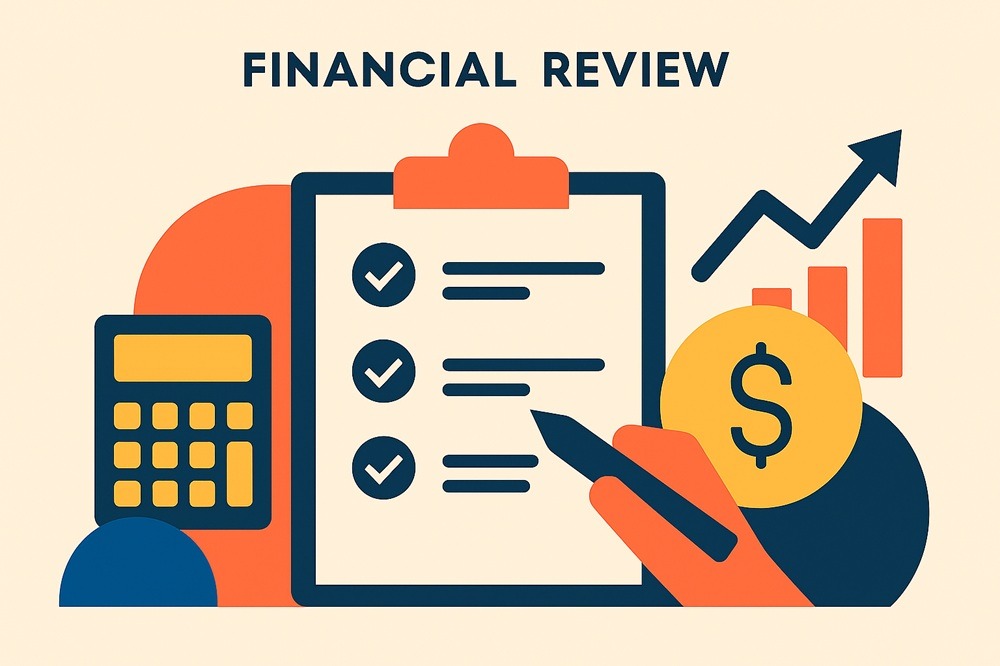Evolving Role of the Bank of Mum and Dad

Buying an affordable house in Australia is becoming increasingly difficult, and an interesting trend is emerging in many families. We have noticed more parents are helping their kids purchase their first homes. This assistance goes beyond merely giving their children a bit of money; it has become quite a significant phenomenon. Last year, the so-called Bank of Mum and Dad provided nearly $3 billion to help adult children buy houses.
Parents are finding a variety of ways to help. Some give their kids cash, others build them a small home in the backyard (granny flat), and some let their kids stay at home rent-free to save money. Parents are also supporting their young adult children with the current rising cost of living and employment challenges, according to research studies. However, these generous gestures come with their complexities. Families need to consider ethical, legal, tax, and financial implications. It's crucial that everyone discusses these matters and writes down their agreements to avoid future problems if things go awry. If you are in the fortunate position to help your children and are planning to do so, talk to us to ensure this is structured and documented properly.
In a recent article published in AFR, a couple sold their house in North Sydney to their daughter, a nurse, at a lower price to assist her. This act is a significant help in today's market, where saving for a house is challenging due to high prices and interest rates. The parents ensured they discussed this with their other children to maintain fairness and are planning to move to a Gold Coast apartment now that they've assisted their daughter.
This couple handled the family discussion very well, and that is very important. Issues can arise if one child receives help from their parents to buy a house, and the other children are unaware or have not consented to it. There can also be situations where a parent feels pressured by one or more of their children to gift them a house or sell it to them at a lower price. It's important for parents to communicate openly with all their children to ensure everyone is informed and agrees with the plan. This approach can help prevent any arguments or hard feelings later on. Clear communication is key to ensuring everyone in the family is on the same page and feels treated fairly. This isn't just beneficial for maintaining peace; it also ensures that everyone's rights and interests are properly looked after.
When it comes to taxes, several aspects need attention. While cash gifts remain tax-free, transferring property involves more complexities. A significant advantage is the capital gains tax exemption for selling a property that has been the family’s main residence. However, the child buying the property should be aware that they might still be liable for other taxes, such as stamp duty. If the child converts the property into an investment, capital gains tax could apply upon its sale. And if the parents sell their property to their child at a generous discount, the reduced sale price could result in a larger capital gains tax obligation.
Regarding cash gifts, parents need to be cautious, as giving away too much cash could affect their government pension. The limit for gifts without impacting Centrelink payments is generally up to $10,000 a year or a maximum of $30,000 over five years.
On a positive note, parents can boost their superannuation through a downsizer contribution after selling their home. This special payment allows individuals over 55 years old to contribute up to $300,000 from the sale proceeds of their primary residence into their superannuation. Other conditions and caps apply, so it's important to discuss this option with us.
Financially helping family members is becoming more common, but it's crucial to consider all details and ensure everything is done correctly. The Bank of Mum and Dad isn't just about giving money; it's about families working together to ensure everyone can have a good home and a solid future. It demonstrates how much parents care and highlights the importance of planning and communication.



